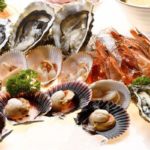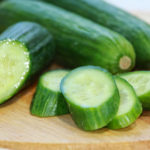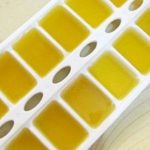1. Green Vegetables

Green leafy vegetables such as spinach, lettuce, parsley, cabbage, kale, arugula, and beets can be contaminated by manure, dirty water, or dirty hands. To avoid illness, wash the produce and prevent cross-contamination by washing your hands and using a separate cutting board. These common foods have caused 363 outbreaks with 13,568 reported cases of illness since 1990.
2. Eggs

This beloved food has been associated with 352 outbreaks since 1990, often due to Salmonella bacteria. The bacteria can be hidden inside the eggs, so cooking them properly is key (to kill the bacteria). Avoid eating any products with raw eggs, including cookie dough.
3. Tuna

This type of fish can be contaminated with scombrotoxin, causing headache and flushing. If the fish is stored above 60 degrees after being caught, the fresh fish can release toxin, a deadly toxin that cannot be destroyed by cooking.
4. Oysters
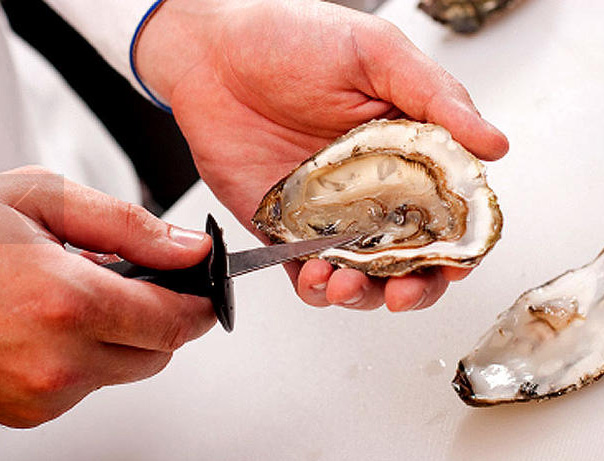
Before becoming an expensive delicacy, oysters usually hide at the bottom of the ocean filtering for food. And if that water source is polluted, so are the oysters. When eaten raw or undercooked, oysters can contain bacteria called Vibrio Vulnificus that can cause nausea, vomiting, and diarrhea.
5. Potatoes
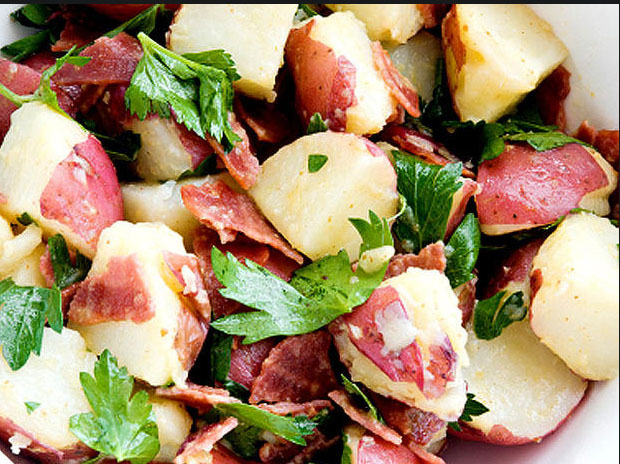
Properly cooked potatoes do not have the ability to cause illness. Cross-contamination (bacteria from one type of food, usually meat, transferring to other types of vegetables like potatoes) is also a factor. Potato-related outbreaks have been traced to bacteria such as Listeria, Shigella, E. coli, and Salmonella.
6. Cheese

Most cases of illness from eating cheese come from products consumed at home. Cheese can be contaminated with bacteria like Salmonella or Listeria, which can cause miscarriages. (That’s why doctors warn pregnant women to avoid soft cheeses like feta, Brie, Camembert, and Mexican-style cheeses.)
7. Ice Cream

Ice cream has been linked to 75 outbreaks of illness from bacteria like Salmonella and Staphylococcus since 1990, according to CSPI. The largest outbreak occurred in 1994 when a batch of sterilized ice cream transported in a contaminated truck was used without being sterilized again. Experts advise “People should not make ice cream at home and use raw eggs.”
8. Tomatoes

This summer favorite has been associated with at least 31 outbreaks. Tomatoes can be contaminated by water irrigation that is not properly maintained, and bacteria can enter when you eat them raw. To stay safe when handling tomatoes, wash your hands for 20 seconds with warm water and soap before and after preparing fresh produce, rinse fruits and vegetables under clean running water just prior to eating, cutting, or cooking. Keep raw fruits and vegetables separate from other foods.
9. Sprouts
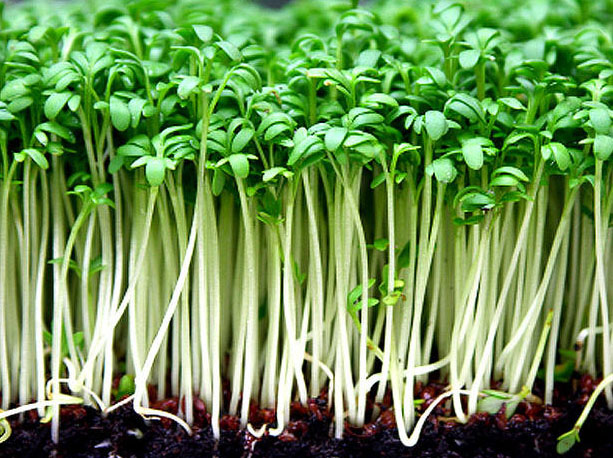
While sprouts are truly a healthy food, they can still be easily contaminated with bacteria. The seeds used to produce sprouts can be contaminated in the field, water, and warm growing conditions that encourage sprouting can also promote bacterial growth. The FDA and CDC recommend that elderly, young children, and people with weakened immune systems avoid eating raw sprouts.
10. Berries

Another common food poisoning source is berries, including strawberries and raspberries. A 1997 outbreak that sickened thousands of school children at lunchtime traced back to frozen strawberries contaminated with hepatitis A (likely from a farm worker in Baja California, Mexico). Other cases – linked to imported raspberries from Chile and Guatemala – were caused by a type of bacteria called Cyclospora, causing severe diarrhea, dehydration, and weight loss.
How to Choose Fresh Seafood: Important Cabinet Tips
In recent years, concerns have been raised over the practice of injecting urea and chemicals into seafood, making it difficult to find safe and fresh options. To help, DienmayXANH.com offers some tips on how to select the best seafood available. Seafood is a rich, delicious, and nutritious source of food, and this advice will help ensure you make the most of it.

























